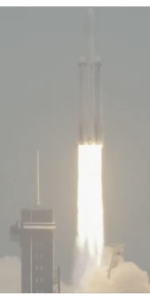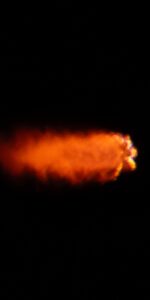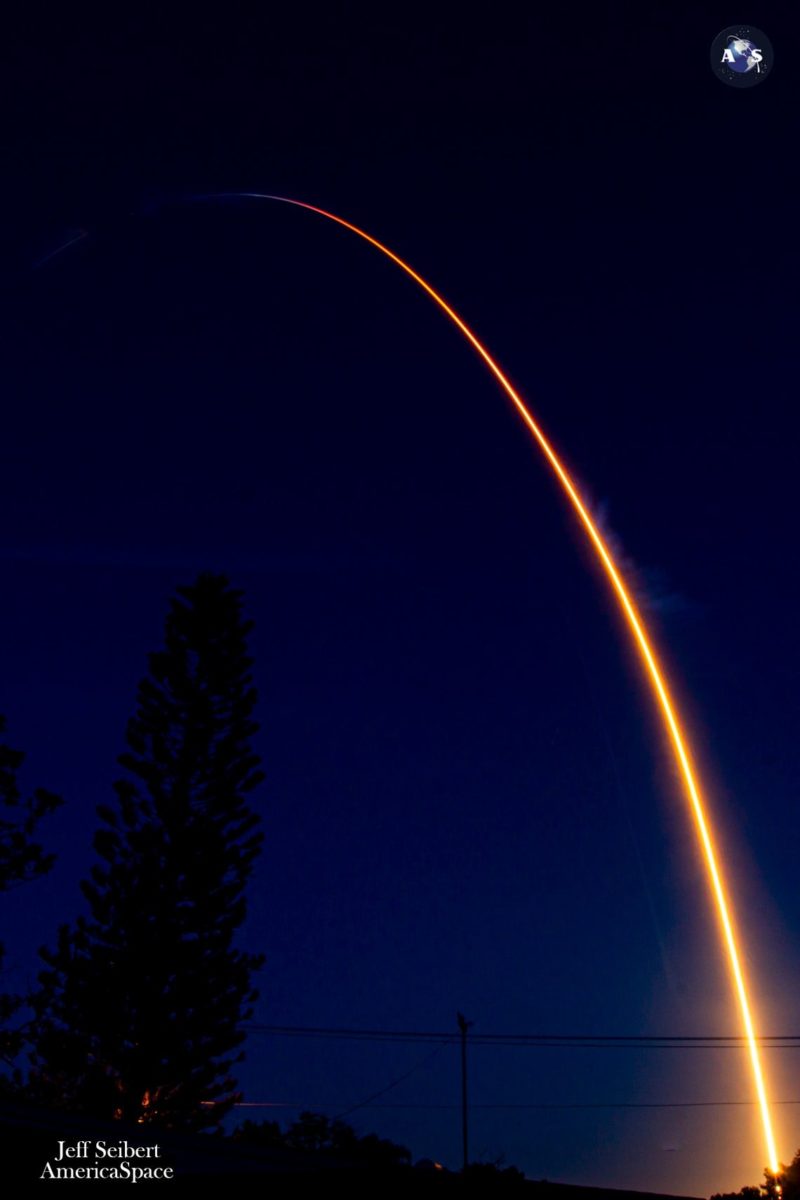
After one of the shortest “deep-dive” inspections of any fleet-leading Falcon 9, the many-times-used B1062 booster is targeting its record-tying 16th launch later today, carrying its ninth batch of Starlink internet communications satellites. The veteran booster—which flew most recently in late July—is targeting a 5:20 p.m. EDT liftoff from storied Space Launch Complex (SLC)-40 at Cape Canaveral Space Force Station, Fla., for a mission which also marks the 70th outing by a “single-stick” Falcon 9 so far in 2023.
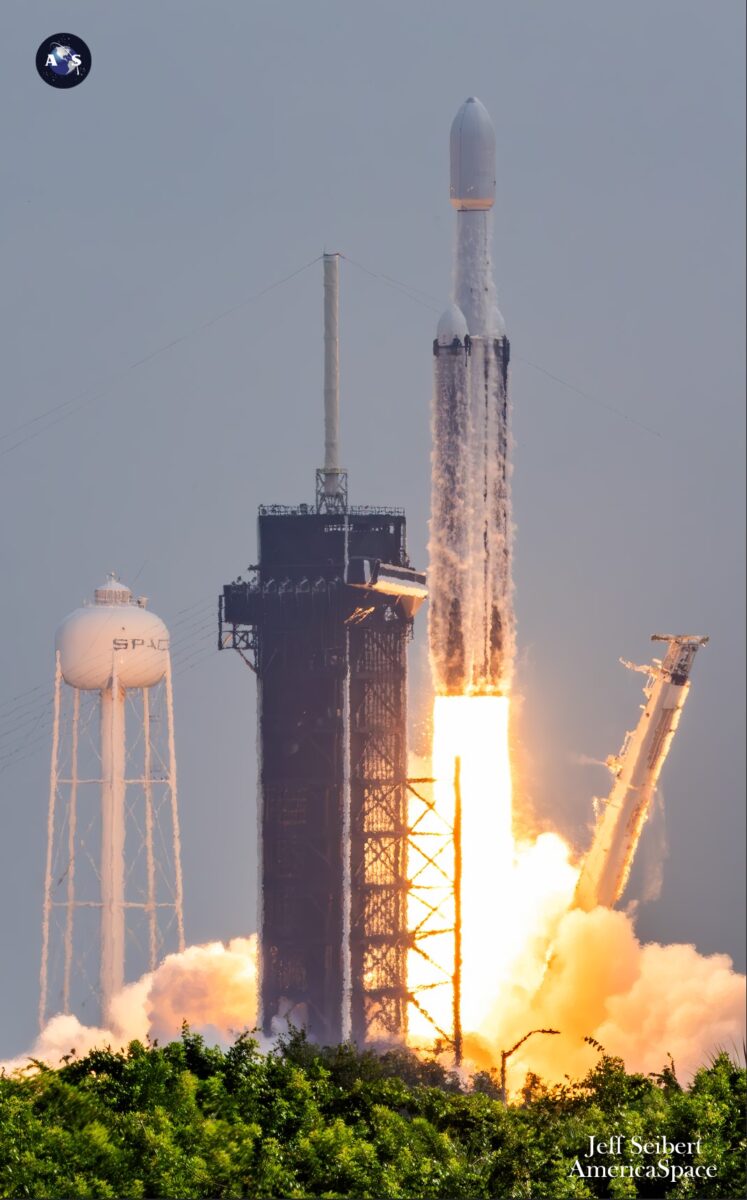
Coming at the start of the month’s third week, it will be the fifth SpaceX flight of October, following on the heels of three prior Starlink missions from the Space Coast and Vandenberg Space Force Base, Calif., as well as last Friday’s return of the triple-barreled Falcon Heavy with the many-days-delayed Psyche deep-space mission to explore a metal-rich, potato-shaped asteroid of the same name.
SpaceX has an expansive plate of six T-0 points tonight, opening at 5:20 p.m. and closing at 8:48 p.m., and another six tomorrow afternoon and evening from 4:55 p.m. through 8:23 p.m., with deployment of its 22-strong Starlink payload anticipated about 65 minutes into the flight. Weather conditions for both days look exceptionally favorable—with barely a five-percent chance of violation tonight, deteriorating to ten percent tomorrow—as the 45th Weather Squadron at Patrick Space Force Base continues to monitor a slight risk of infringing the Cumulus Cloud Rule.
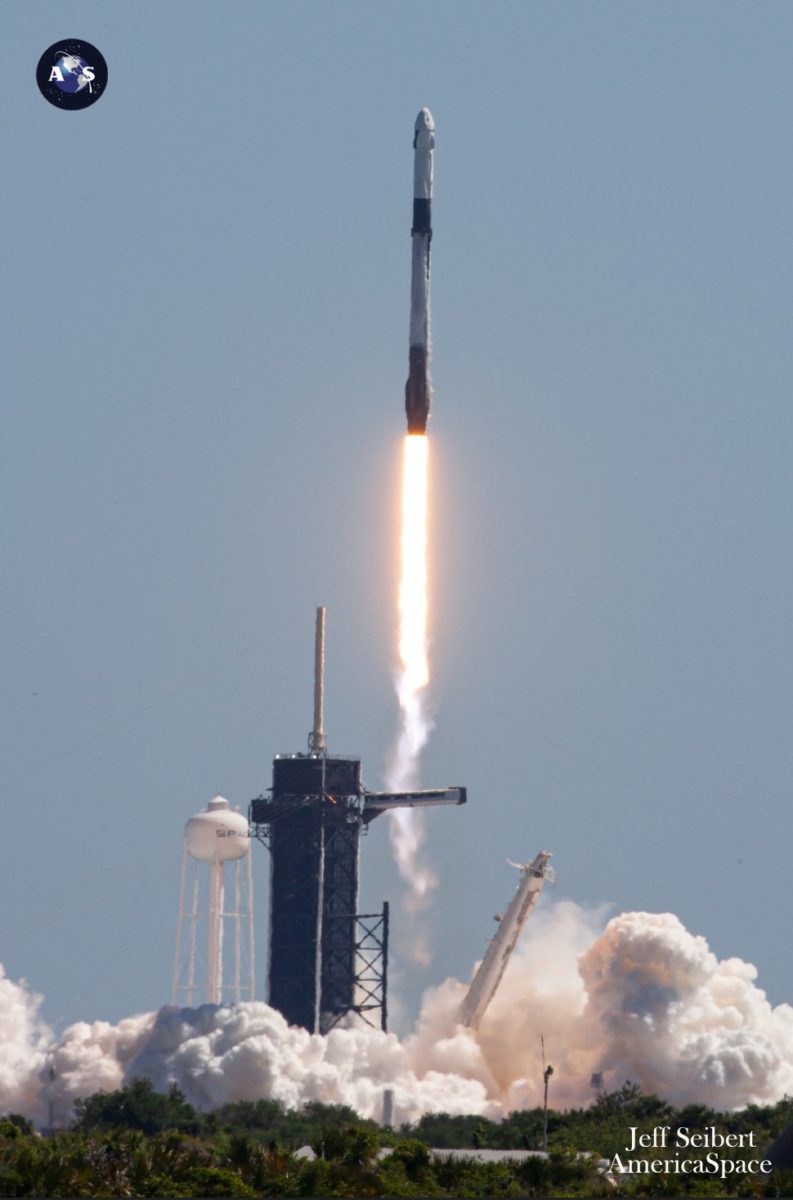
“Northwesterly winds behind the cold front centered over the Bahamas has brought dry conditions and much cooler temperatures to the Space Coast,” the 45th noted in its L-1 update, issued Monday. “This regime should persist as a sharp upper-level trough lingers in the Atlantic through Thursday morning.
“Conditions for the primary launch window look very favorable, with low relative humidity values and a weak chance for a Cumulus Cloud Rule violation,” it added. “The upper levels remain very dry as high pressure settles in today and tomorrow.”
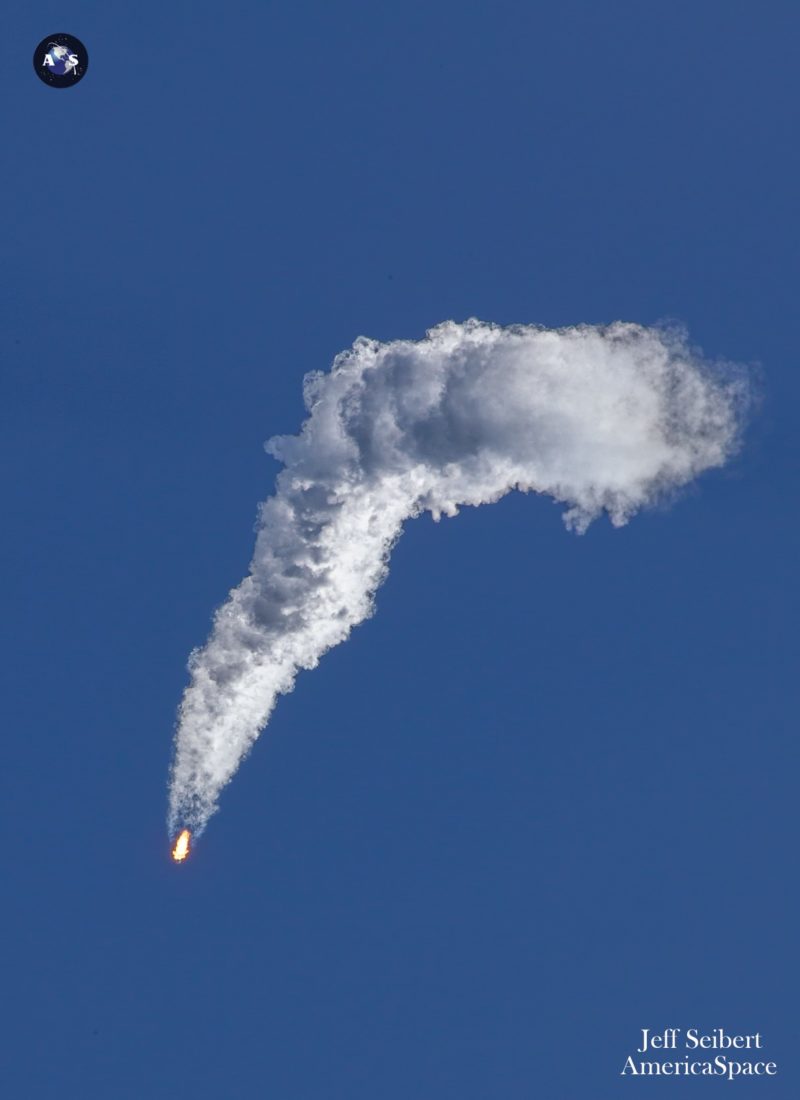
A dedicated “East Coast Falcon”, B1062 becomes only the third booster to reach a life-leading 16th flight, sitting just behind her sisters B1058—the one-time ride of “Bob and Doug”—and B1060, both of which passed 16 launches in July and then each logged a 17th within days of each other, just last month. Although initially intended for a maximum of 15 launches, lengthy deep-dive inspections of B1058 and B1060 after both boosters reached this limit in late 2022 and early this year apparently yielded no major showstoppers to preclude a life extension to 20 missions.
But whilst B1058 and B1060 remained ground-bound for over six months following their 15th flights, B1062 has enjoyed a more routine 81-day processing flow between her last voyage in late July and tonight’s scheduled record-tying mission. An on-time launch is expected to produce a touchdown on the deck of the Autonomous Spaceport Drone Ship (ASDS), “Just Read the Instructions”, situated offshore in the Atlantic Ocean. The drone ship put to sea out of Port Canaveral on Saturday evening.
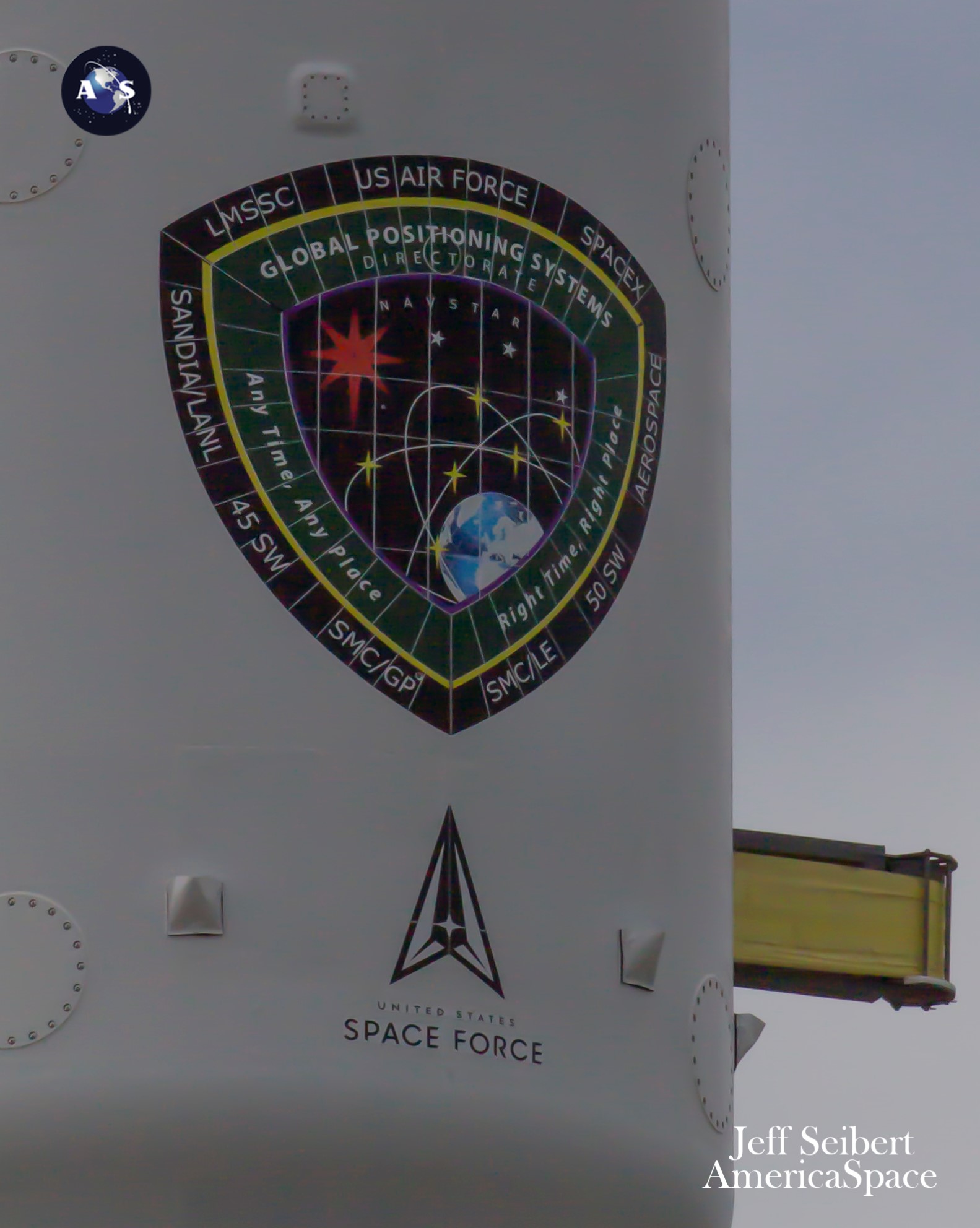
B1062 entered service in November 2020, when she lifted the fourth Block III Global Positioning System (GPS III-04) satellite for the U.S. Space Force, followed by GPS III-05 the following June. In 2022, she logged eight missions, the highest number of launches ever attained by a single booster in a single calendar year, notably flying twice in April 2022 alone, setting a new empirical record of only 21 days between flights by the same orbital-class booster.
She also stands as one of only a handful of Falcon 9s to have launched two crews of astronauts. B1062 flew the historic, all-civilian Inspiration4 crew of Shift4Payments billionaire Jared “Rook” Isaacman and crewmates Sian Proctor, Hayley Arceneaux and Chris Sembroski aboard Dragon Resilience in September 2021 and Ax-1 crewmen Mike Lopez-Alegria, Larry Connor, Mark Pathy and Eytan Stibbe on the first leg of their 17-day mission to the ISS for Houston, Texas-based AxiomSpace, Inc., in April of last year.
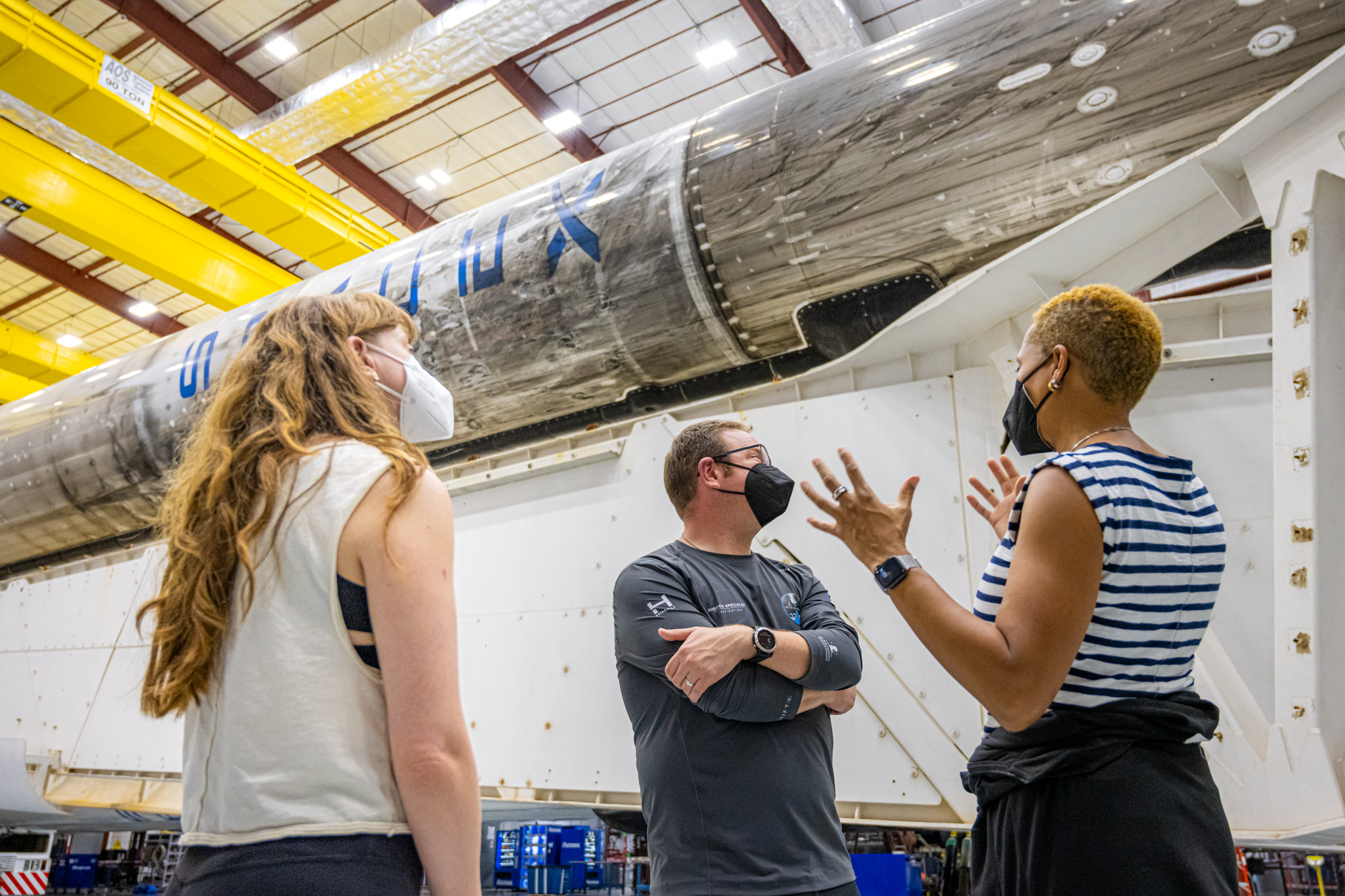
Added to that impressive list, she has now launched 393 Starlink internet communications satellites on eight dedicated missions, together with 40 broadband satellites for London, England-based OneWeb and a pair of geostationary-bound payloads, one for Egypt in June 2022 and another for Saudi Arabia last May.
Tonight’s launch will also mark 2023’s 70th flight by a single-stick Falcon 9, the first year that such a high cadence has been accomplished, easily surpassing the record-breaking 61 overall missions set at the close of 2022. Including tonight’s expected mission, those 70 have been attained using 11 Falcon 9 boosters at a pace of one launch every 3.9 days, a substantial uptick on last year’s average of one flight every 5.9 days.
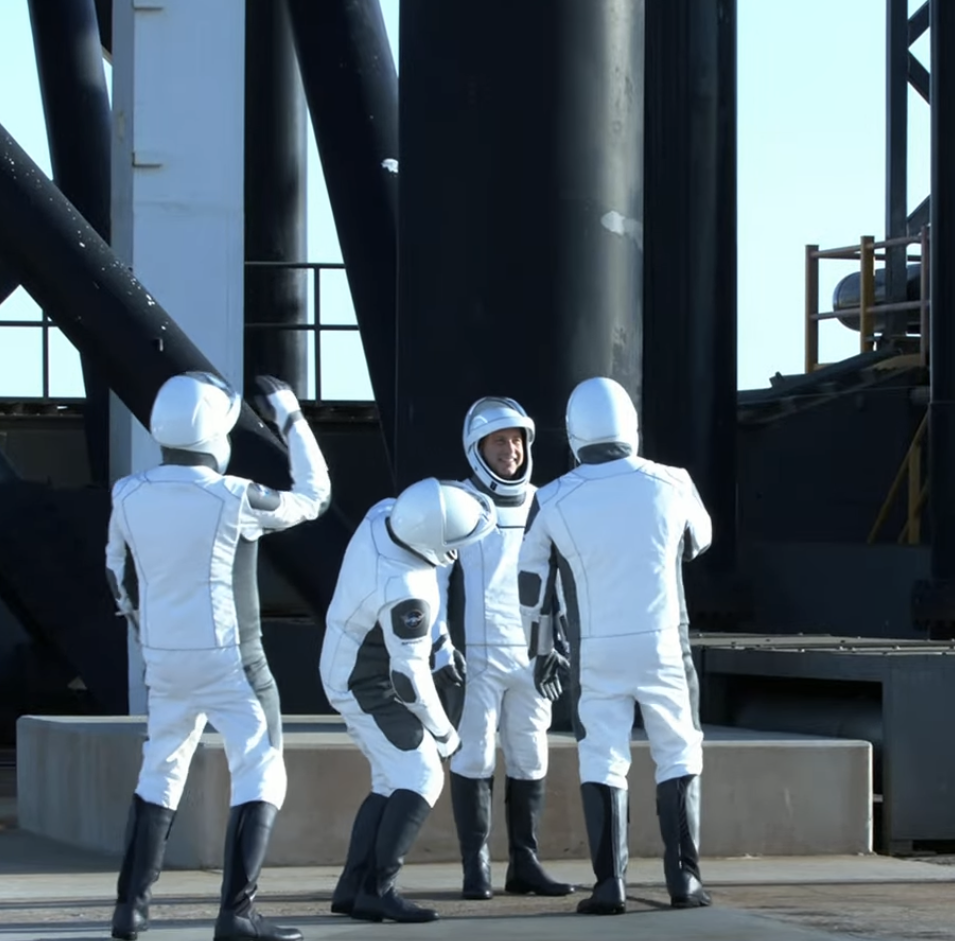
With tonight’s planned mission, 47 Falcon 9 flights have been devoted to Starlink, with almost 1,600 of these small, flat-packed internet communications satellites sent into low-Earth orbit since January. Others included eight geostationary communications satellites, three multi-payload Transporter “stacks”, three crew-carrying and two cargo-laden Dragon vehicles to the International Space Station (ISS), a pair of dedicated missions for the Space Development Agency (SDA) and Europe’s Euclid deep-space observatory.
Other records fell like ninepins, too. SpaceX achieved its first eight-launch month in March and its first nine-launch month in August, set a new record of only four hours and 12 minutes between pairs of flights earlier in the spring and boosters have now flown on record-setting 16th and 17th occasions.
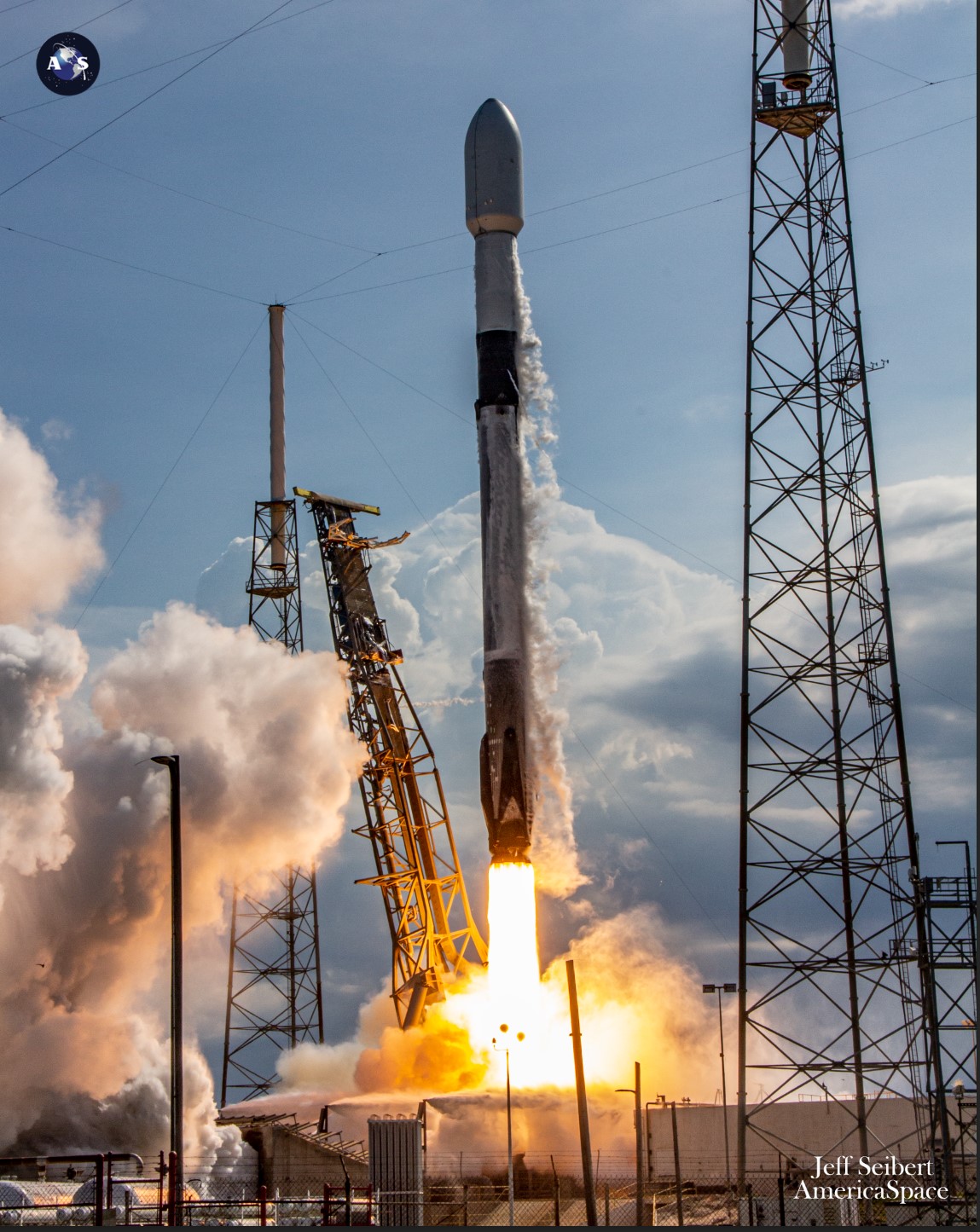
Tonight’s 22-strong Starlink “V2 Mini” payload stack totals around 38,800 pounds (17,600 kilograms). These Minis, first flown in February, boast three to four times greater “usable” bandwidth than earlier Starlink iterations.
“V2 Minis include key technologies—such as more powerful phased-array antennas and the use of E-Band for backhaul—which will allow Starlink to provide 4x more capacity per satellite than earlier iterations,” SpaceX explained. “Among other enhancements, V2 Minis are equipped with new argon Hall thrusters for on-orbit maneuvering.”
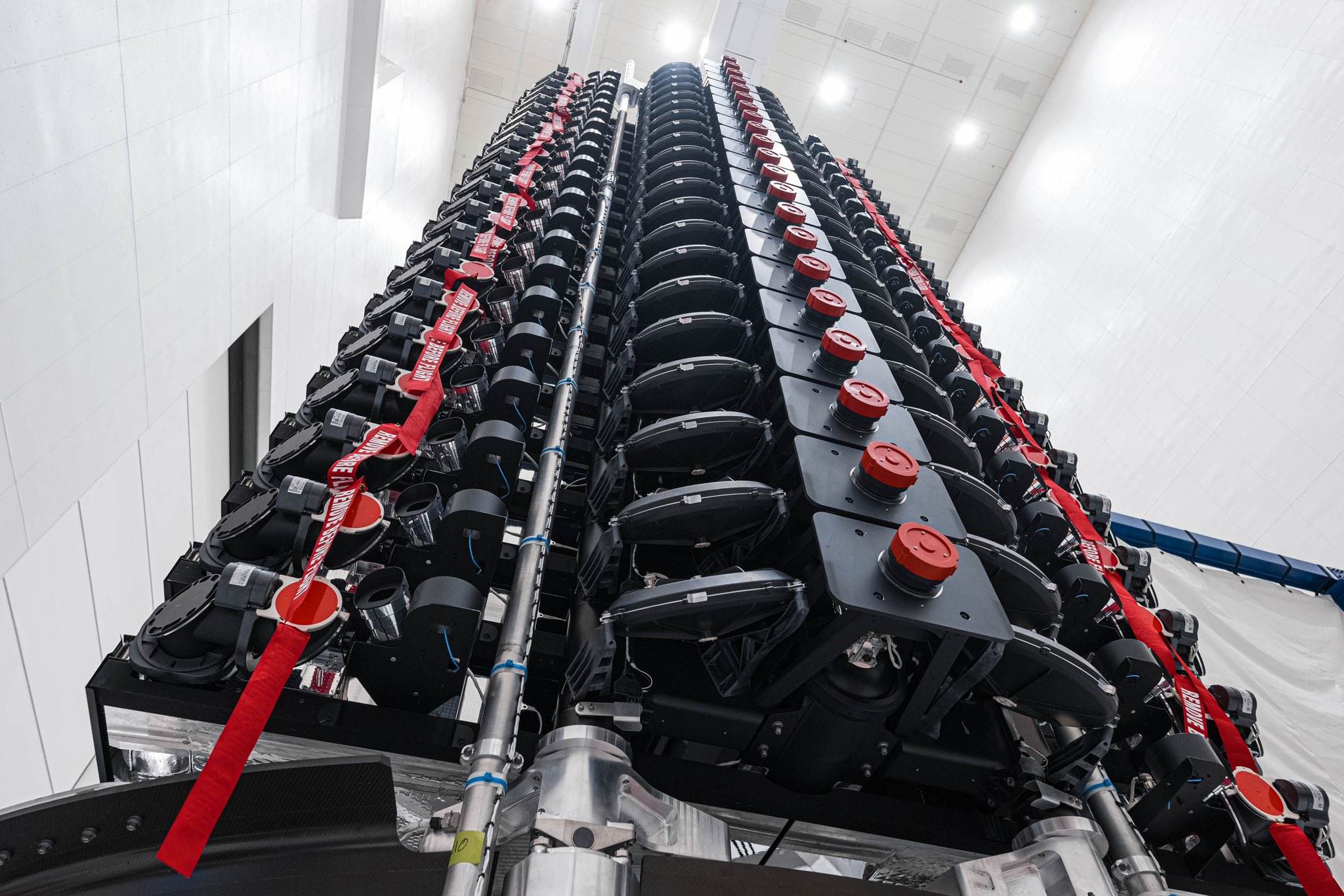
As a network, Starlink facilitates high-speed and low-latency internet provision to over 60 sovereign nations and international markets in North and South America, Europe, Asia, Oceania and Africa. The Bahamas came online in August and Zambia became the sixth African nation to sign up to the network earlier this month.
Florida-based intercity operator Brightline adopted Starlink on its trains earlier in 2023, the first passenger rail service in the world to do so. Additionally, El Salvador’s Ministry of Education has begun integrating Starlink capability into its schools to help close the digital divide between urban and remote rural communities and 50 Rwandan schools are now connected via Starlink’s high-speed internet service.




